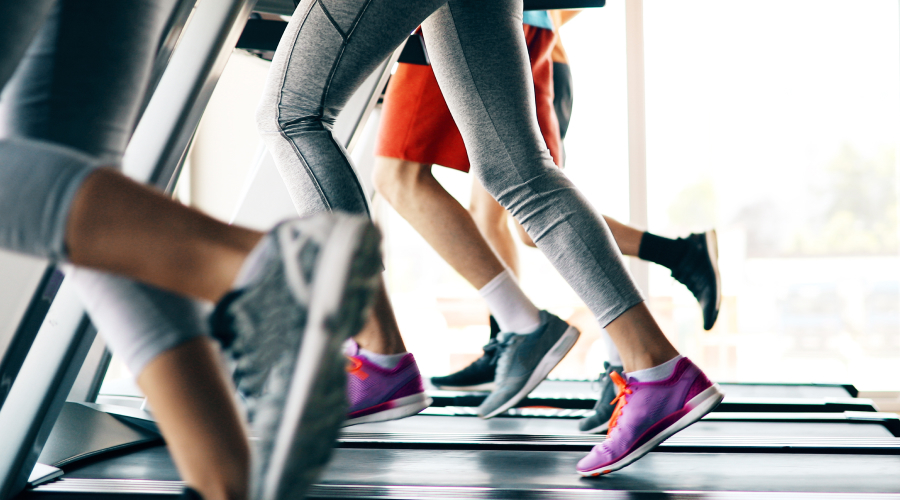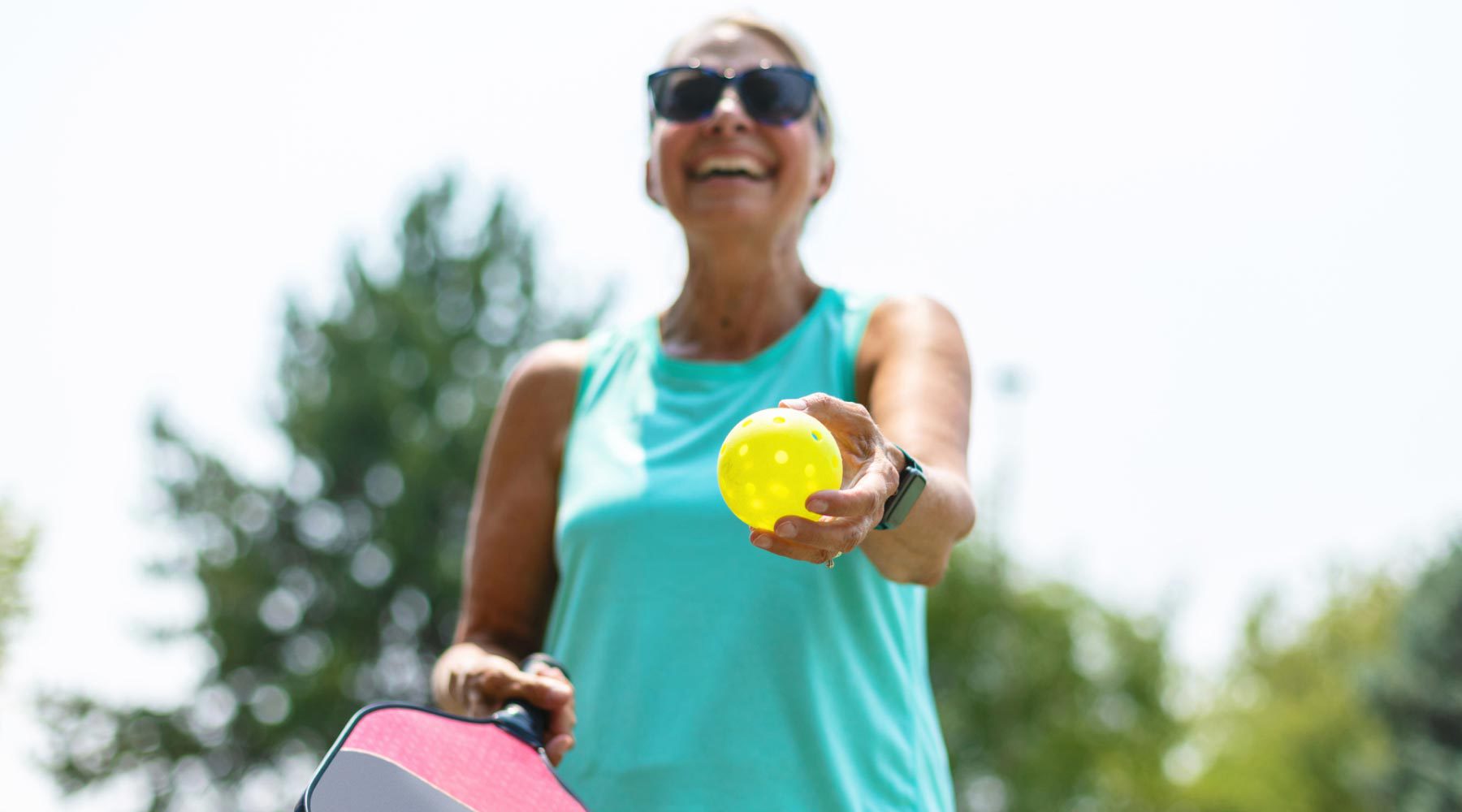
For many, the treadmill is an excellent solution for getting your daily movement without having to navigate inclement weather or dodge the piles of snow on the side of the road. Though you might think this type of exercise is easier on your joints (and it is to some extent), it can still take a toll on your knees if you’re not careful.
It might seem like a two-mile run on a treadmill is the same as your favorite two-mile loop outdoors. But without that natural gradient or added shock absorption from grass or dirt surfaces, you’re not giving your knees a break, putting them at risk of injuries like runner’s knee.
Many knee injuries from running can heal on their own with some proper rest and at-home remedies. But to ensure you’re not putting your body at risk, you must take the necessary precautions before, during, and after your treadmill run.
Stretch Before and After Your Run
This might seem like a given, but stretching and warming up before your run can go a long way toward preventing shoulder or knee injuries. This improves the pliability of your muscles, prepping them for the activity at hand, allowing them to better weather the impact of your workout.
Once you’ve finished your workout, you’ll need to stretch as well. This will help relax tense muscles and reduce the accumulation of lactic acid. Foam rolling is a great way to gently loosen up any tight muscles and help your body relax after a good workout.
Wear Proper Sneakers
Running shoes provide better cushioning and support than other sneakers, helping to reduce the amount of shock your knees and joints have to absorb. The right shoe can also help with your pronation (how your foot naturally hits the ground when you’re running) so that one part or side of your body isn’t bearing the brunt of the workout.
Perfect Your Form
Having strong posture and form will help distribute the impacts of running on your body. Some key things to remember when running are:
- Engage your abdomen
- Relax your shoulders away from your ears
- Stand your spine tall and straight
This practice will help prevent injuries or strain no matter what you’re doing, whether hiking, walking, or sitting.
Additionally, setting the treadmill incline slightly to 3% will help prevent knee injuries as well. This will better match the natural gradient you would find when running outside.
Listen to Your Body
If your body is telling you to rest or you’re feeling any discomfort or pain, it’s vital that you listen. When you’re really hitting your stride and reaching your running goals, stopping can seem like an impossible task. But if you end up with an overuse injury, all of that progress will be put on the backburner.
Access Sports Medicine Gets You Up and Running
With proactive management immediately following an injury – such as the RICE (rest, ice compression, and elevation) technique – surgery can likely be avoided. But meeting with a medical professional is needed to determine if an injury warrants the need for physical therapy or anti-inflammatory treatment. The team at Access Sports Medicine specializes in a wide range of sports-related injuries and will come up with a treatment plan best suited for your needs. Contact us today to experience the Access Sports Medicine difference.



